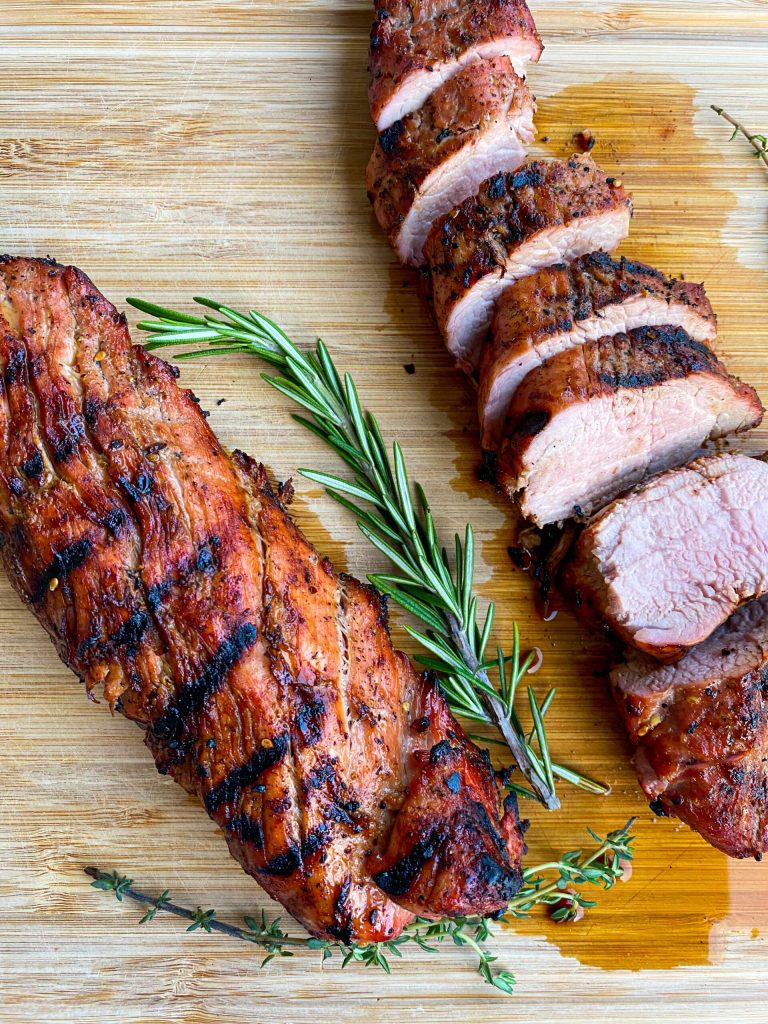Cottage Cheese: History, Nutrition, Health Benefits, and Versatile Uses
Cottage cheese traces its roots back to ancient Mesopotamia, around 3,000 BCE, where it was first made using unpasteurized milk. Early records show that people created it by allowing milk to sour naturally, resulting in curds and whey. This method persisted through the centuries, with various cultures adopting and refining the technique.
During the Middle Ages, European peasants made curd cheeses in their cottages, giving the cheese its name. The process of acidifying milk to form curds and draining the whey became a household tradition. By the 19th century, cottage cheese production spread to America, with home cooks and small dairies crafting it.
Modern advancements in dairy technology streamlined production. Unlike its ancient counterpart, contemporary cottage cheese often undergoes pasteurization, providing a safer and more consistent product. Today’s versions range from small curd to large curd varieties, catering to diverse preferences.
Cultural Significance
Cottage cheese plays a pivotal role in various cuisines around the world. In Eastern Europe, dishes like Polish twaróg or Russian tvorog incorporate this cheese, highlighting its versatility. Often consumed with fruits or honey, it serves as a breakfast staple in these regions.
In the United States, cottage cheese gained popularity in the 20th century as a health food. Diet trends in the 1950s and 60s promoted its low-fat, high-protein benefits. It became a favored ingredient in weight-loss diets, earning a place in the American culinary landscape.
In India, it’s known as paneer when pressed into a firm block. Cottage cheese remains integral to numerous savory and sweet dishes, showcasing its ability to adapt to various culinary cultures. With the rise of global cuisine, cottage cheese continues to transcend borders and dietary preferences.
Nutritional Profile of Cottage Cheese
Key Vitamins and Minerals
Cottage cheese offers essential nutrients. It contains vitamins such as B12, important for red blood cell formation and neurological function. It’s also rich in riboflavin (B2), which supports energy production. This cheese is a source of vitamin A, essential for vision and immune function.
Minerals in cottage cheese include calcium, crucial for bone health. It provides phosphorus, aiding energy storage and usage. Zinc in cottage cheese promotes immune health and enzyme function, and selenium acts as an antioxidant, protecting cells from damage.
Health Benefits
Cottage cheese supports various health aspects. Its high protein content aids muscle growth and repair, beneficial for athletes and active individuals. Due to its low-fat variants, it fits well into weight management diets.
Probiotics in some cottage cheese brands enhance gut health, improving digestion and immune function. The calcium and phosphorus contribute to strong bones and teeth. The B vitamins, particularly B12 and riboflavin, boost energy levels and support metabolic functions.
This dairy product is versatile, integrating well into many meals, providing nutritional benefits for diverse dietary needs.
Common Uses of Cottage Cheese
In Cooking
Cottage cheese appears in several recipes, enhancing both savory and sweet dishes. Use it in lasagnas and casseroles to provide a creamy texture and boost protein content. Substitute ricotta with cottage cheese in dishes like stuffed pasta shells or manicotti for a healthier option. In baking, integrate cottage cheese into pancakes or muffins for added moisture and a protein punch. Blend it into smoothies for a thicker consistency and extra nutrients. Incorporate cottage cheese into dips or spreads by mixing it with herbs and spices for a flavorful addition to appetizers.
In Dietary Plans
Cottage cheese fits seamlessly into various dietary plans due to its nutritional profile. Introduce it to weight loss programs as a low-fat, high-protein snack that can curb hunger without adding excessive calories. Add it to high-protein diets like the ketogenic or Atkins plans, leveraging its low-carb nature and protein richness. For those focusing on muscle gain, include cottage cheese in meal plans to support muscle recovery and growth. It’s also a great option for vegetarian diets, offering a substantial protein source without meat. Use it in diabetic diets for its low glycemic index, which helps maintain stable blood sugar levels.
Comparing Cottage Cheese
With Other Cheese Varieties
Cottage cheese stands out among other cheese varieties due to its unique texture and nutritional profile. Unlike hard cheeses such as cheddar and gouda, cottage cheese is unripened, resulting in a softer, curd-like consistency. This cheese is lower in fat and calories compared to creamy, aged counterparts like brie or blue cheese. For instance, one cup of full-fat cottage cheese has approximately 220 calories and 10 grams of fat, while the same amount of cheddar contains about 532 calories and 44 grams of fat.
Cottage cheese also offers a higher protein content, making it ideal for those focusing on muscle growth and maintenance. One cup provides about 28 grams of protein, whereas mozzarella offers around 24 grams. Additionally, its mild flavor makes it versatile in both sweet and savory dishes, unlike stronger-tasting cheeses.
| Cheese Variety | Calories (per cup) | Fat (grams per cup) | Protein (grams per cup) |
|---|---|---|---|
| Cottage Cheese | 220 | 10 | 28 |
| Cheddar | 532 | 44 | 30 |
| Mozzarella | 280 | 21 | 24 |
| Blue Cheese | 432 | 37 | 22 |
Cost-Effectiveness
Cottage cheese provides excellent cost-effectiveness in terms of nutrition and versatility. It’s typically cheaper than aged and specialty cheeses, making it a budget-friendly addition to your diet. For example, a 16-ounce container of cottage cheese averages around $2.50, while a similar amount of brie can cost upwards of $6.
This affordability doesn’t compromise nutritional value. When comparing protein content, cottage cheese offers a high amount of protein per dollar spent, outperforming other cheese types. Its versatility in recipes further enhances value, reducing the need for multiple ingredients. Whether incorporated into breakfast bowls, salads, or baked goods, cottage cheese allows for diverse, nutritious meals without straining your budget.
| Cheese Type | Average Cost (16oz) | Protein (per dollar) |
|---|---|---|
| Cottage Cheese | $2.50 | 11.2 grams |
| Brie | $6.00 | 7.3 grams |
| Cheddar | $5.00 | 6 grams |
| Blue Cheese | $6.50 | 5.8 grams |
Buying and Storing Tips
Choosing the Right Type
Look for cottage cheese with simple ingredients. Check labels for essential components like milk, cream, and a live culture. Avoid products with added sugars or preservatives to ensure you’re getting the most nutritional value. Consider fat content based on your dietary needs: regular full-fat for rich texture, low-fat for balanced nutrition, or fat-free for calorie-conscious diets. Opt for brands that use organic milk if available for better quality and fewer additives.
Preservation and Shelf Life
Store cottage cheese in the refrigerator. Keep it in its original container or transfer it to an airtight container to maintain freshness. Consume it within the expiration date mentioned on the package, usually 7-10 days from opening. If the cottage cheese develops an off smell, odd texture, or mold, discard it immediately. To extend shelf life, avoid cross-contamination: use clean utensils when scooping out portions and seal the container tightly after each use.
Conclusion
Cottage cheese stands out as a versatile and nutritious addition to your diet. Whether you’re seeking a high-protein snack, a gut-friendly probiotic source, or a low-calorie option for weight management, cottage cheese fits the bill. Its rich history and adaptability in various recipes make it a staple worth considering. By choosing the right type and storing it properly, you can enjoy all the benefits this humble cheese has to offer. So next time you’re at the grocery store, don’t overlook this powerhouse dairy product.






